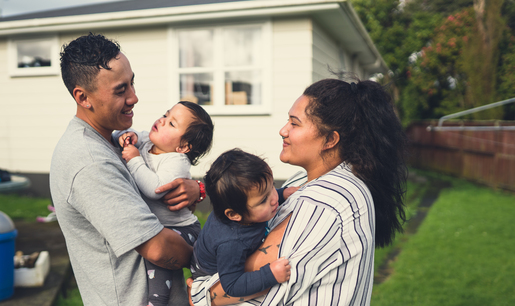Healthy Relationships: When is Love, Not Love?

Sharing your life with someone who you have a deep emotional bond to is one of life’s pure joys and biggest challenges. So, once the bliss of the honeymoon period has worn off and it becomes your new comfort zone, how do you know if your relationship is a healthy one?
Familiarity can mean that you are now more open to showing the side of you that isn’t trying to impress your partner. You may notice certain qualities that you didn’t see before or maybe their particular character quirks now feel like flaws. This is a normal part of getting to know each other. You aren’t going to love everything about your other half, but your love for them means you communicate your needs which leads to solutions and compromise.
But what if your relationship makes you feel unheard and afraid to speak up due to the fear of retaliation, or you feel unable to make decisions about who you see, what you do or how to spend money?
When is love, not love? Shine.org shared this blog post with examples of when you can recognise when a partner is using control, a form of family violence. They define control as when your partner controls who you see, what you wear, what you spend or they humiliate you, verbally abuse you or physically hurt you.
You may be thinking, my partner never physically hurts me, so my relationship isn’t abusive. However, our partner Aviva, who specialise in family violence, confirm here that it is any behaviour designed to gain power and control over a spouse, partner, child or other intimate family member. Family violence is not limited to physical abuse and sometimes emotional or psychological abuse is masked as love.
So, what are the kinds of violence and abuse? Aviva list other types of abuse that aren’t physical as:
- Using coercion and threats
- Using intimidation
- Emotional abuse
- Isolation
- Minimising, denying and blaming
- Using children
- Economic abuse
- Using / asserting dominance over another person
- Sexual assault/abuse
You can find the Power & Control wheel via the link which goes into detail about what these certain kinds of abuse can look like and what the effects of family violence manifest as.
So how can you build a healthy relationship? Healthline.com share some insight here on what a healthy relationship looks like, relationship red flags, and tips for building a stronger relationship. In a nutshell a healthy relationship should consist of open communication, trust, honesty, respect, equality, and consent.
If you need help recognising if your relationship consists of emotional or psychological abuse you can take Aviva’s Relationship Check Quiz here.
Unfortunately, family violence is our biggest referral reason and we see people experiencing violence more than ever before. If you feel like you need someone to talk to you can come into The Loft and talk to a Kaitūhono Hapori (Community Connector). We can give immediate support in the form of safety planning and if necessary can make referrals to our partner agency Aviva to handle your long term care and support. Aviva care for the whole family unit; so, while women receive support, Aviva also have a ReachOut service for people using violence, sexual assault support, and a tamariki programme to support children and youth who have experienced or witnessed violence. You can find more information here.
A healthy relationship builds you up, not tears you down. Seek support from people if you feel you are being emotionally, psychologically, or physically abused. The Loft is a safe, non-discriminatory space where you can confide in what you are experiencing and you can be rest assured your privacy and best interests will always be our top priority. You can find us here.


